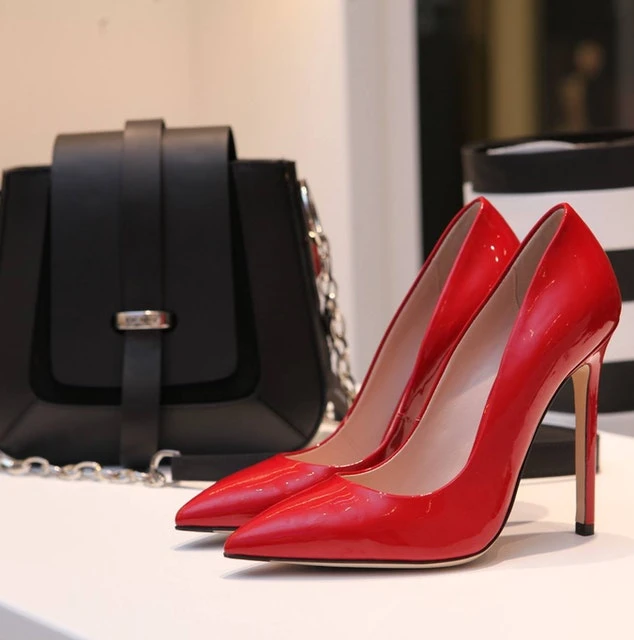Custom apparel has become a burgeoning trend, capturing the interest of both individuals and businesses looking to express their unique identity through personalized clothing. The journey of creating custom apparel can range from crafting a singular design for personal use to launching an entire apparel line for commercial purposes. This article explores the motivations behind embracing custom apparel, emphasizing how it allows for creativity, brand distinction, and personal expression.
How to Get Started with Custom Apparel Design
Choosing the Right Design Software
The selection of appropriate design software is a fundamental step in creating custom apparel that reflects personal style and meets specific design standards. For beginners, user-friendly tools like Canva offer intuitive interfaces, while professionals can leverage the advanced capabilities of Adobe Illustrator for intricate designs. Specialized software options cater to varying design needs, ensuring diverse artistic approaches to apparel creation are possible.
Understanding Fabric Types and Printing Methods
The nexus between fabric selection and printing methods is crucial in the custom apparel creation process, dramatically impacting the garment’s look and feel. Natural fabrics like cotton are popular for their comfort and ease during screen printing, whereas synthetic materials can offer unique textures and benefits. Diverse fabric types demand distinct printing techniques, each imparting different characteristics to the final design.
Heat transfer, direct-to-garment, and sublimation are among the prevalent printing methods. Each has strengths and limitations contingent on the chosen fabric. Selecting compatible combinations of fabric and printing ensures durability and design integrity, preventing issues like design fading or garment damage. Understanding the nuances of fabric and print interaction helps tailor designs that resonate with targeted audiences.
What Are the Costs Involved in Creating Custom Apparel?
Budgeting for Materials and Production
Establishing a comprehensive budget for custom apparel materials and production equips creators to anticipate costs and strategically allocate resources. Material costs, including fabric, printing supplies, and additional details, make up a significant portion of the budget. By estimating these expenses accurately, designers maintain financial control without compromising on quality or creativity.
Production elements such as prototype creation, sample testing, and bulk manufacturing introduce additional costs that can scale with project size. Integrating efficient budgeting techniques ensures sustainable production processes, keeping projects aligned with financial constraints. Factoring in contingency funds for unforeseen expenses supports project agility and adaptability.
Estimating Labor and Overhead Costs
Labor and overhead costs are crucial considerations in the pricing model for custom apparel, as they directly impact profitability and sustainability. The intricate work involved in cutting, sewing, and assembling garments requires skilled labor, which commands a fair wage for high-quality output. Estimating these expenses accurately aids in pricing apparel appropriately, ensuring value delivery while accommodating labor costs.
Overhead costs encompass expenditures related to facilities, equipment, and utilities essential for seamless production operations. Effectively managing these expenses can optimize production efficiency, minimize disruptions, and facilitate optimal resource utilization. Accurate estimation and management of labor and overhead costs influence pricing strategies and profit margins, fostering business growth.
What Are the Best Marketing Strategies for Custom Apparel?
Leveraging Social Media Platforms
Social media platforms serve as powerful marketing tools for custom apparel, enabling creators to reach wide audiences efficiently. Platforms such as Instagram, Facebook, and Pinterest provide visual storytelling opportunities, allowing apparel creators to showcase their designs dynamically. Effective use of these platforms fosters engagement, encourages feedback, and enhances brand visibility.
Innovative content strategies, including behind-the-scenes glimpses and interactive campaigns, capture audience interest and sustain engagement. Collaborating with influencers and industry figures establishes credibility and expands reach, leveraging the dual power of social proof and network effects. By understanding platform algorithms, marketers can optimize content for maximum visibility and resonance.
Building a Brand and Online Presence
Establishing a strong brand identity is fundamental for custom apparel creators, distinguishing offerings in a competitive marketplace. A cohesive brand strategy considers logo development, color palettes, voice, and messaging that resonate with target demographics. Consistency in branding reinforces consumer recognition and fosters trust, establishing loyal customer bases.
Maintaining an active online presence through websites and blogs extends brand reach and provides valuable channels for content dissemination. Websites serve as digital storefronts, offering product information, transaction capabilities, and customer service access. Blogs enhance search engine visibility and reinforce brand authority, sharing insights and updates that engage audiences.
Where Can I Source High-Quality Materials for Custom Apparel?
Finding Reliable Suppliers and Manufacturers
The search for reliable suppliers and manufacturers is critical to sourcing high-quality materials for custom apparel production. Establishing partnerships with trustworthy vendors ensures consistent material quality, leading to superior product outcomes. Reputation, transparency, and communication form the foundation of successful supplier relationships.
Assessing Material Quality and Sustainability
A critical evaluation of material quality is indispensable in crafting custom apparel that meets consumer expectations of durability and aesthetics. Quality assessments consider factors such as texture, weight, and weave, influencing garment comfort and visual appeal. Thorough testing minimizes risks of defects, ensuring customer satisfaction and encouraging repeat business.
The journey into custom apparel creation is rich with opportunities for creativity, innovation, and personal expression. By understanding the key components—design, production, marketing, and sourcing—individuals and businesses can effectively navigate the complex landscape of customized clothing. With these insights and strategies, aspiring creators are encouraged to embark on their apparel design journey with confidence and a commitment to quality and creativity.








